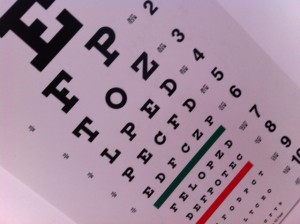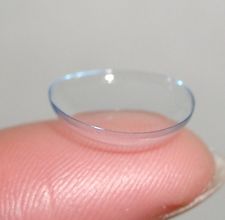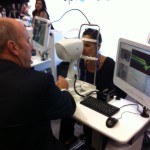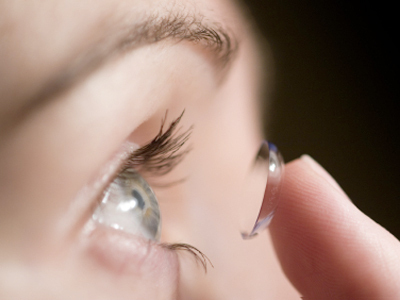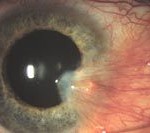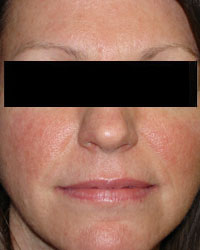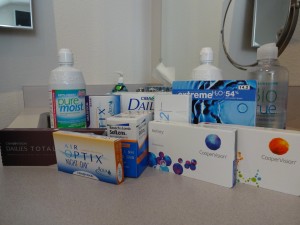
Omega-3 is an essential fatty acid (EFA). EFAs are important nutrients critical for the normal production and functioning of cells, muscles, nerves and organs. Fatty acids also are required for the production of hormone-like compounds that help regulate blood pressure, heart rate and blood clotting.
Several studies suggest that omega-3 fatty acids may help protect adult eyes from macular degeneration and dry eye disease. In a large European study , participants who ate oily fish like salmon at least once a week had half the risk of developing wet macular degeneration, compared with those who ate fish less than once a week.
In India a study was done with computer users. Half of the group were given 2 capsules of omega-3 fatty acids and the other group was given 2 capsules of a placebo. Each group took the supplements for 3 months. At the end of the 3 month trial a survey of the participants revealed dry eye symptoms diminished after dietary intervention with the omega-3 supplements . The omega 3 users also reduced abnormal tear evaporation and increased the density of the conjunctival goblet cells on the surface of the eye. The goblet cells secrete substances that lubricate the eye during blinks, stabilize the tear film and reduce dryness.
The typical American diet, characterized by significant amounts of meat and processed foods, tends to contain 10 to 30 times more omega-6 than omega-3 fatty acids. This imbalance of fatty acids appears to be a contributing cause of a number of serious health problems, including heart disease, cancer, asthma, arthritis and depression.
One of the best steps you can take to improve your diet is to eat more foods that are rich in omega-3 fatty acids and fewer that are high in omega-6 fatty acids.
The best food sources of a beneficial omega-3 FA are cold-water fish. The American Heart Association recommends a minimum of two servings of cold water fish weekly to reduce the risk of cardiovascular disease, and many eye doctors likewise recommend a diet high in omega-3 fatty acids and/or supplements to reduce the risk of eye problems.
If you don’t care for the taste of fish, another way to make sure your diet contains enough omega-3 is to take fish oil supplements. These are available in capsule and liquid form and many varieties feature a “non-fishy” taste. The best time to take the supplement is with a meal so it is absorbed better.
Other good sources of omega-3 include flaxseed, flaxseed oil, walnuts and dark leafy vegetables. However, your body can’t process the vegetarian sources as easily as the fatty acid found in fish.
Too much Omega-6 can interfere with the body’s absorption of omega-3. To reduce your intake of omega-6s, avoid fried and highly process foods. Many cooking oils including sunflower oil and corn oil are very high in omega-6 fatty acids. High cooking temperatures also create harmful trans-fats.
Trans fats may contribute to a number of serious diseases, including cancer, heart disease, atherosclerosis, high blood pressure, diabetes, obesity, arthritis and immune system disorders.
For a more nutritious diet and potentially better eye health try theses simple changes:
- Replace cooking oils that are high in omega-6 fatty acids with olive oil, which has significantly lower levels of omega-6 fatty acids.
- Eat plenty of fish, fruits and vegetables.
- Avoid hydrogenated oils (found in many snack foods) and margarine.
- Avoid fried foods and foods containing trans fats.
- Limit your consumption of red meat.
